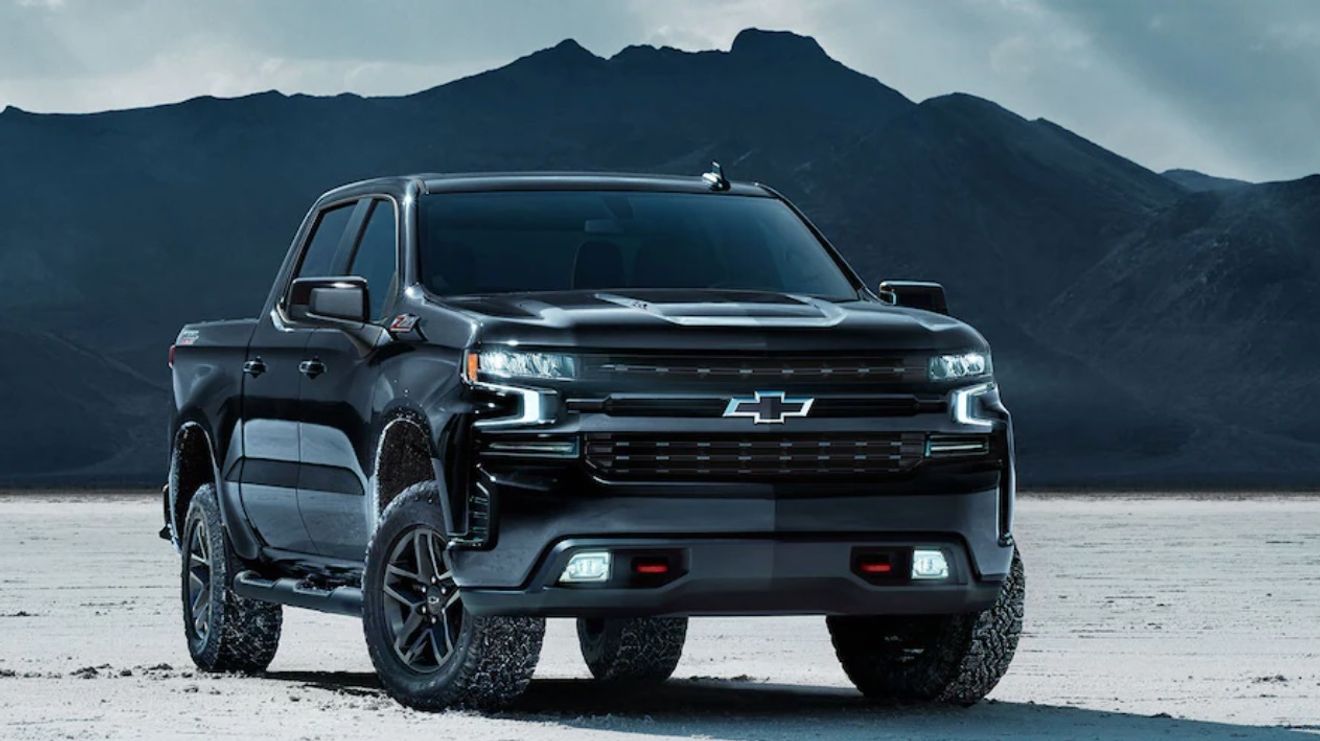An old, unwritten rule of car sales tells dealers and factories to work together to keep about a 60-day supply of each new vehicle on hand for sale, with another 15 days on order or in transit. That, the pragmatism says, means that dealers have most color and feature combinations a buyer could want in easy reach. But they won’t have so many that they’ll need to discount them to sell them.
Ram currently has more than a 100-day supply of Ram 1500 full-size trucks on hand.
Ford
F,
has more than a 90-day supply of its F-150 pickup, America’s best-selling vehicle.
Chevrolet has more than 90 days’ worth of its Silverado 1500 full-size pickup, and there’s an 80-day supply of its GMC Sierra twin.
The numbers come from Kelley Blue Book parent company Cox Automotive. Cox Automotive also owns vAuto, the company that provides sales management software to most of America’s car dealers.
Check out: New Ram electric pickup can get up to 500 miles on a charge, go 0-60 in 4.4 seconds
This could bring back discounts
The data suggest that incentives could soon make a comeback on full-size trucks – the best-selling segment of vehicles in America.
Incentives – discounts on new cars that help prime the sales pump – reached a 10-month high in February 2023. They increased to 3% of the average transaction price, compared to 2.8% in January. However, incentives remain at a historically low level.
But they may rise if inventory becomes a problem.
“We expect to see incentives rise some, particularly on segments and brands with the heaviest inventories,” says Cox Automotive Senior Economist Charlie Chesbrough. “Right now, it feels like automakers are waiting for the other guy to blink first.”
Ram may have begun to blink. The company already offers a 0% APR plus up to $5,000 cash back on some Ram 1500 models – one of the best new truck deals this month.
Read: Car prices may soon see a key pattern change
But there’s more than one way to clear a backlog
Other automakers may try to lower inventory another way. General Motors
GM,
in February announced plans to pause production at a major truck plant for two weeks to let dealers sell down some inventory without factories immediately backfilling it.
Most automakers saw their supply of new cars for sale shrink dramatically amid the COVID-19 pandemic and a subsequent shortage of microchips. It wasn’t entirely bad for them – the shortage raised the sale price of the average new car and saw incentives become rare.
Also see: GM says about 5,000 salaried employees taking its buyout
GM CEO Mary Barra told reporters, in 2021, that the company would “never go back” to producing a large backlog of cars to sell.
But it has. The auto industry seems to be falling back on an old habit, overbuilding and then discounting cars in response. Over the next few months, we’ll be watching to see if more companies self-correct and slow production.
Read next: The 2023 GMC Hummer EV Pickup is extreme in every way, including price
Or if, like Ram, they start offering discounts on some of the most popular models. That could create great buying opportunities at last for shoppers weary of high prices.
This story originally ran on KBB.com.
Read the full article here










